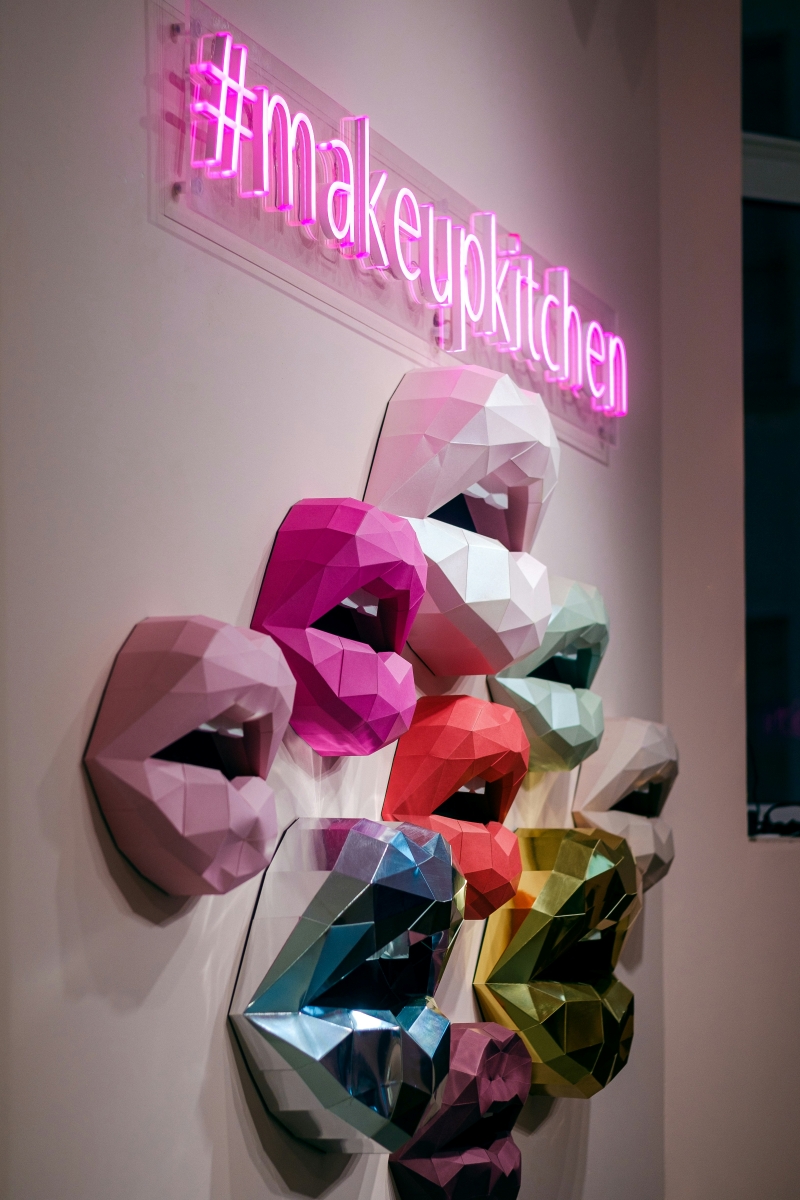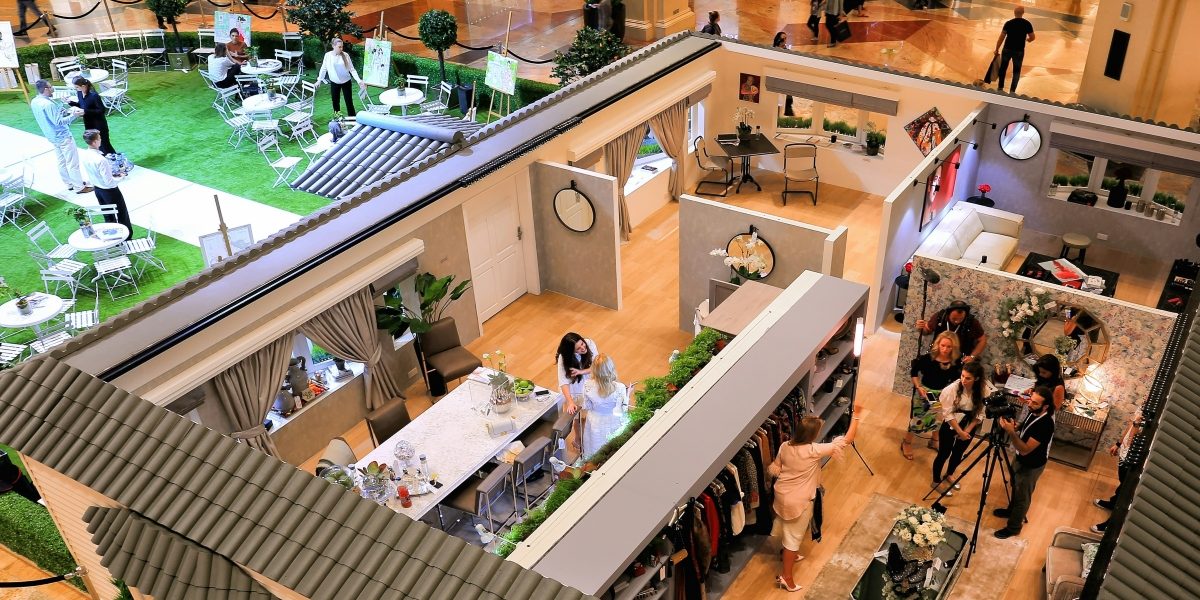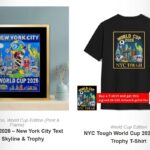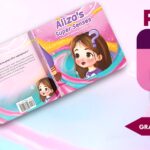By: Evelyn Campbell
From static screens to immersive experiences, Yueqi (Vicky) Zhang is helping lifestyle brands connect in ways that often stick.
New York is a global capital for beauty, fashion, and wellness innovation, and Yueqi (Vicky) Zhang has played a key role in shaping some of the city’s most forward-thinking digital campaigns in these industries. Working with clients across luxury fashion, skincare, and wellness, her work reflects the pace, polish, and precision that define New York’s creative culture.
While UX didn’t originate in these visually driven fields, it has become increasingly vital to them. Industries once defined by aesthetic allure and emotional branding are now often measured by how seamlessly they translate those values into digital touchpoints—and how effectively those touchpoints drive meaningful engagement. Zhang works to bridge that gap—turning brand stories into interactions, and sensory details into screen-native moments that can boost retention, spark media coverage, and convert audiences.
Digital Storytelling Is the New Launch Strategy
Luxury brands once relied on glossy lookbooks and in-person shows to make a splash. Today, the real runway often begins digitally. Product launches now frequently start with microsites, livestreams, and shareable branded moments—designed to engage audiences before a single product hits shelves. Zhang helps shape these campaigns into digital environments that are intuitive, emotionally charged, and strategically built for traction. For example, one of her wellness-focused launches reportedly contributed to over 8.3 million social impressions, reaching 7.2 million users and generating more than $337,000 in earned media value across platforms like Instagram, Facebook, and Twitter. That’s not just good UX—it’s a demonstration of measurable influence.

Livestreams, Not Lookbooks
When a capsule collection shifted to a live shopping format, Zhang turned a simple stream into a guided, clickable journey. Her UX design—complete with real-time overlays—helped convert viewers into buyers, reportedly boosting engagement up to 3x compared to typical campaign pages.
In another luxury beauty press event, she led the UX for a livestream that felt more like a digital salon than a broadcast. Editors could explore product reveals, moodboards, and behind-the-scenes content in real time. Her design choices reportedly kept attendees engaged 2.5x longer than average and sparked a second wave of social buzz after the event. For Zhang, a livestream isn’t just something you watch—it’s something you can experience.
Designing for Feeling, Not Just Function
To Zhang, interface design isn’t about decoration—it’s about emotion. She uses motion, sound, and micro-interactions to give screens a sense of presence and personality. Every scroll is intentional. Every hover has weight. Her work invites users to feel, not just function. She’s known for taking luxury and wellness brands and making them feel personal, sometimes intimate, rather than distant or overly polished.
That emotional connection isn’t just aesthetic; it can drive results. In a wellness campaign with interactive storytelling, her use of subtle animations and responsive transitions reportedly helped increase time-on-site by 42% and boosted product exploration by over 60%. In luxury beauty, her emotionally driven design contributed to repositioning a traditional brand as modern and digitally fluent, potentially opening the door to a younger, social-first audience.
UX Is Now a Brand Asset
Zhang’s work goes far beyond visual polish. She collaborates with product managers, marketers, engineers, and content strategists—often starting before wireframes exist and continuing well after launch. She’s part translator, aligning business needs with user insight. Part strategist, shaping the experience to support brand growth. And part craftsperson, obsessing over the details that can make a user stay—or leave.
Her role often acts as the connective tissue in launch teams, ensuring that no decision is made in isolation. In one wellness product rollout, she helped streamline communication between marketing and development by introducing shared experience maps and prototype-based feedback loops—reportedly reducing back-and-forth by 30% and shaving weeks off the launch timeline.
In industries where emotional trust drives sales and perception defines value, UX is no longer just support—it’s increasingly becoming strategy. And Zhang’s cross-functional influence suggests that great user experience isn’t just good design. It’s often a business advantage.
What’s Next?
As digital launches grow more formulaic, brands are asking a harder question: How do we actually make people care? In a sea of sameness, Yueqi (Vicky) Zhang brings texture, rhythm, and soul to every touchpoint—creating digital experiences that stand out because they feel human.
With a background in visual design and product strategy, Zhang combines creative intuition with cross-functional fluency. Her work has been featured in award-nominated products and widely recognized campaigns, earning coverage in design publications, UX platforms, and industry press.
Looking ahead, she sees UX taking an even more central role in how lifestyle brands build community, loyalty, and identity across livestreams, virtual press kits, and hybrid launches that fuse commerce and content. Because in the end, what people remember isn’t just what they bought—it’s how it felt when they first clicked in.
For more on UX in lifestyle branding, digital campaign design, and immersive product launches, connect with Yueqi (Vicky) Zhang on LinkedIn: linkedin.com/in/yueqizhangdesign
Published by Joseph T.

















